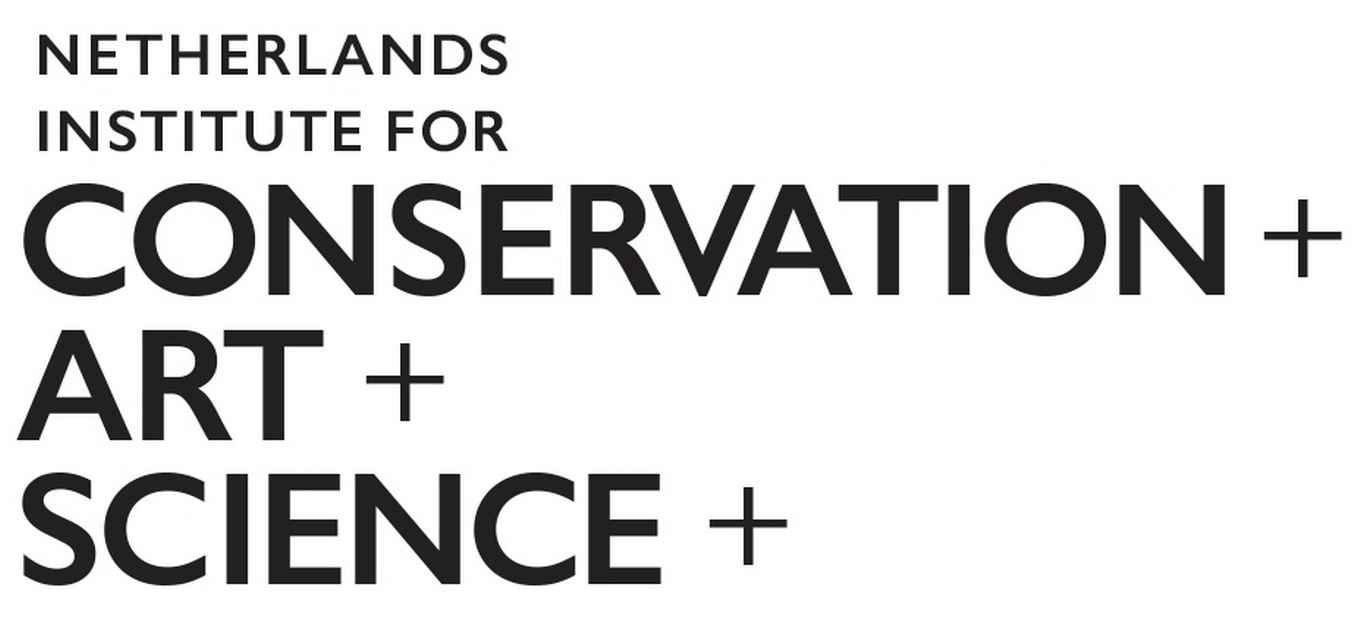New projects in the study and conservation of art
30 January 2018

NICAS brings together the various disciplines of art history and conservation with science. For this call of proposals four research projects and four seed money proposals were awarded funding amounting to a total of 1.5 million euros. The focus in this call was on data science.
3D understanding of degradation products in paintings
Research project led by Dr Katrien Keune (Rijksmuseum and HIMS)
Other partners: University of Antwerp, Utrecht University
Paintings are subject to various alterations over time and nowadays often have a different appearance than originally intended by the artist. In this research project, the researchers want to visualize - in 3D – the degradation processes that take place in the painting, specifically the degradation of arsenic- and leadcontaining pigments. A better/deeper understanding is necessary in order to delay or completely stop these degradation processes.
To achieve this, data fusion technology will be used, a technology that is already used in heterogeneous catalyst research to combine various types of imaging information in 3D. This involves combining 2D distribution maps of the paint components on the macroscopic and microscopic scales, spectroscopic information and 3D density volumes obtained by computer tomography. The generated model provides a 3D image of the paint composition making it possible to visualize the degradation and migration processes in the paint layers in relation to the paint surface.
Such knowledge is relevant to conservators for a better understanding of paint degradation phenomena in order to develop and tailor more appropriate conservation treatments. For art historians, the 3D models of the paint build-up will provide insight and a means to obtain a better understanding of the techniques employed by the artists involved.
Irradiation Passport for Art
Seed money project by Dr Moniek Tromp (HIMS)
Partners: Rijksmuseum, Cultural Heritage Agency (RCE)
Objects of art are increasingly exposed to ionizing radiation. Modern analytical techniques use the interactions of photons, electrons and ions with materials to identify the materials in the object. But interaction means that irradiation may induce visible or invisible alterations, either permanent or temporary. The consequences of radiation in terms of long-term effects are not fully known, as also showed at a Technical meeting in Amsterdam organized by the IAEA in 2017. Exposure to radiation is of a cumulative nature, which means that previous exposure may alter – or change the sensitivity of objects or research samples. Therefore, art objects as well as research samples in the field of cultural heritage need an irradiation passport, recording the location, total exposure and circumstances of use of radiation. Without such a passport, objects may be exposed to dangerously high amounts of radiation, results of analyses may be misinterpreted, and research into the long-term effects of irradiation of objects of art is impossible. The IPA project will develop an irradiation passport for art objects and research samples and will implement this passport in the conservation field. In addition, the passport will be tested in a pilot project, irradiating a well-characterized sample (dyed wool) with different radiation sources and studying the changes that occur. The IPA project is led by conservation scientists, a physical chemist and a conservator and has the support of an international team with different irradiation expertise, in which important synchrotron-institutes and research institutes involved in research in cultural heritage are represented.
CarpetACT: Automated interpretation of X-radiographs and CT scans to assess Islamic carpet construction
Seed money project by Prof. Maarten van Bommel (HIMS)
Other partners: Rijksmuseum, Academic Medical Center (AMC)
Islamic knotted-pile carpets are remarkable art objects and rich historical sources in museums around the world. The study of their complex characteristics can tell plenty about the date, the context and the societies in which they were produced. Art historians usually focus on the visual observation of their design and weaving structure, but this can be a rather subjective and laborious examination. Therefore, analytical methods that enhance this approach urge further exploration, so that more accurate art historical interpretations can be obtained.
In this project, an interdisciplinary combination of art history with analytical and data sciences will be developed, with the aim to improve the weaving examination of these complex carpets, i.e., the spin of threads; the ply and twist of yarns; the thread count and density; and the weaving structure of warps, wefts and piles. Hence, non-invasive analytical techniques, X-radiography and CT scanning, will be tested on a group of 16th- and 17th-century Islamic knotted-pile carpets or fragments of these objects, belonging to the Rijksmuseum collection. Machine-learning methods will be developed to process and compare digital photographs from these objects and a large quantity of data obtained with X-radiography and CT scanning.
Within this feasibility study, the main aim is to investigate the possibilities and limitations of the aforementioned techniques, and to investigate how data science can enhance the interpretation process of their results. When successful, this approach will be a valuable contribution to historical research and, in particular, improve and accelerate the technological research of historical textiles.